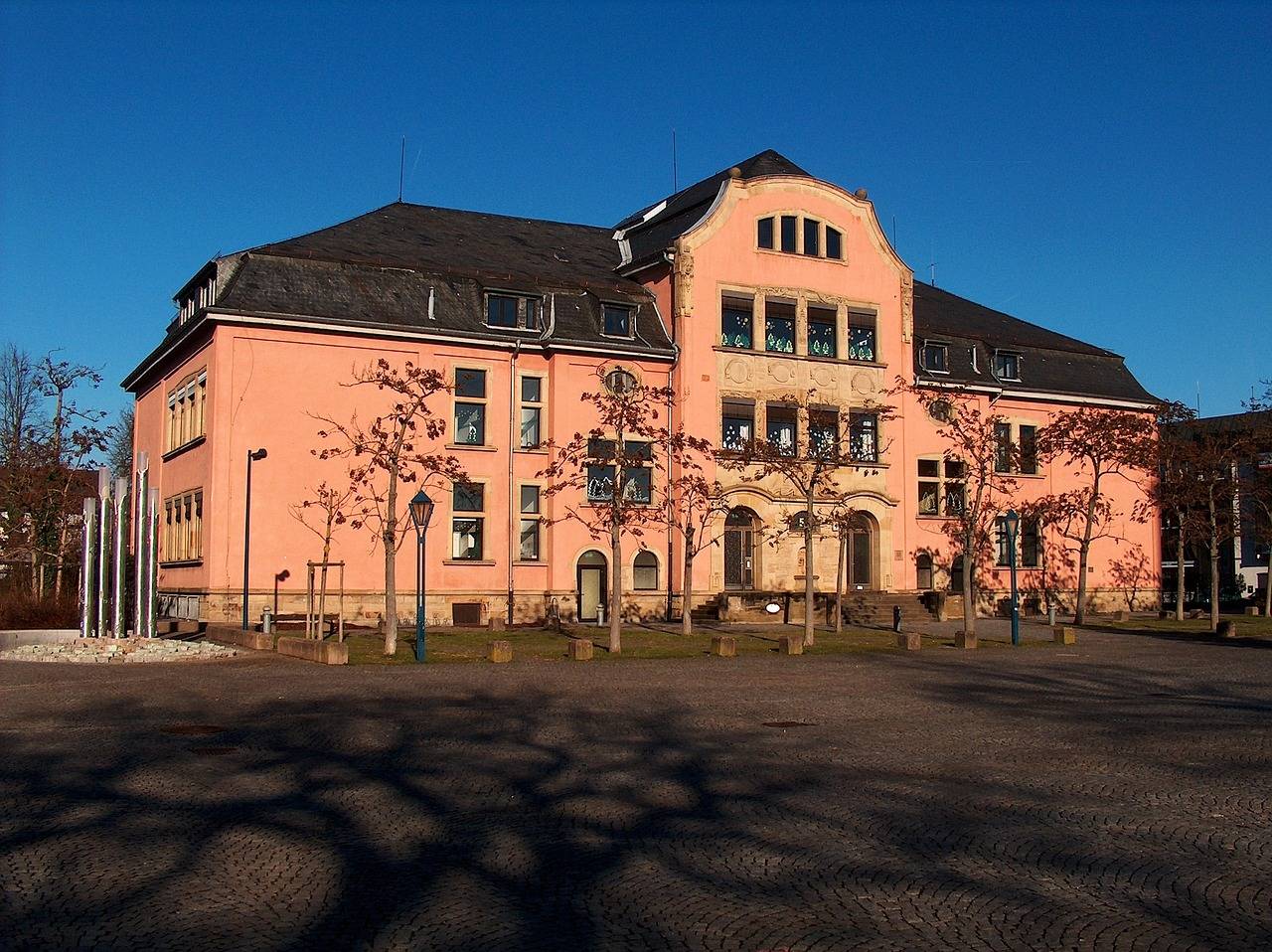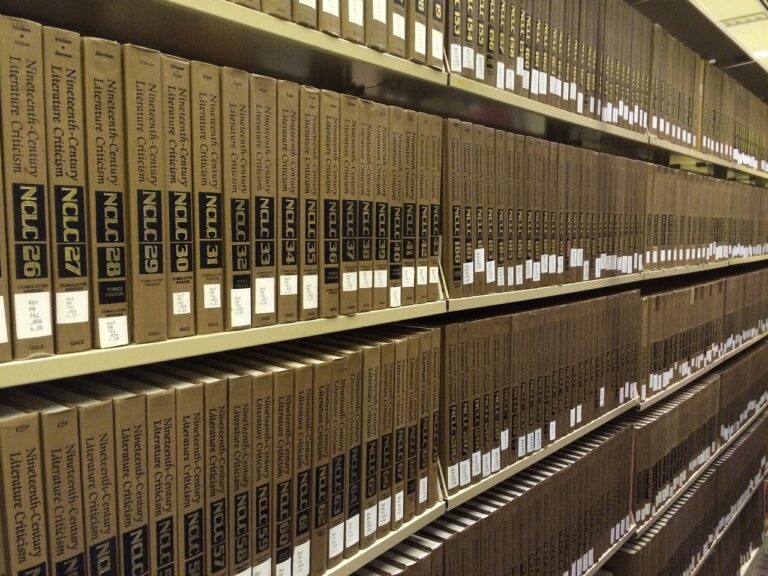Leveraging Culturally Responsive Career and Technical Education for Workforce Development
Career and Technical Education (CTE) programs play a crucial role in preparing students for the workforce. With the increasing cultural diversity in today’s society, it is essential for CTE educators to understand and embrace the cultural differences present in their classrooms. By doing so, they can create an inclusive learning environment that promotes respect, collaboration, and creativity.
Cultural diversity in CTE not only enriches the educational experience for students but also prepares them to thrive in a global workforce. By exposing students to a variety of perspectives, practices, and beliefs, educators can help them develop cultural competence and adaptability skills that are highly valued by employers. Embracing cultural diversity in CTE not only fosters a more inclusive learning environment but also equips students with the tools they need to succeed in an increasingly interconnected world.
Importance of Inclusive Curriculum for Workforce Development
In today’s diverse and dynamic workforce, the necessity for inclusive curriculum in career and technical education cannot be overlooked. An inclusive curriculum ensures that all individuals, regardless of their background or characteristics, have equal access to educational opportunities that prepare them for success in the workforce. By incorporating diverse perspectives, experiences, and cultures into the curriculum, students are better equipped to navigate the complexities of a globalized economy.
Moreover, an inclusive curriculum fosters a more equitable and inclusive workplace by preparing individuals to interact and collaborate with colleagues from various backgrounds. By introducing students to diverse viewpoints and experiences early on, they are better equipped to communicate effectively, resolve conflicts, and contribute positively to a multicultural work environment. Ultimately, an inclusive curriculum sets the foundation for a workforce that thrives on diversity and inclusivity, leading to stronger innovation, productivity, and overall success in today’s interconnected world.
Why is it important to understand cultural diversity in career and technical education?
Understanding cultural diversity in career and technical education is crucial because it helps create a more inclusive and equitable learning environment. It allows students from different backgrounds to feel represented and valued, leading to better engagement and success in their educational pursuits.
How does an inclusive curriculum contribute to workforce development?
An inclusive curriculum ensures that all students have the opportunity to learn and develop the skills needed for the workforce, regardless of their cultural background. By providing a diverse range of perspectives and experiences, an inclusive curriculum prepares students to work effectively in a globalized and multicultural workforce.
What are some ways to implement an inclusive curriculum in career and technical education programs?
Some ways to implement an inclusive curriculum include integrating diverse perspectives into the curriculum, providing opportunities for students to learn about different cultures and backgrounds, and ensuring that teaching materials and resources are culturally relevant and inclusive.
How can educators support cultural diversity in career and technical education?
Educators can support cultural diversity in career and technical education by actively promoting inclusivity, understanding and respecting students’ diverse backgrounds, and creating a safe and welcoming learning environment for all students. Additionally, educators can incorporate diverse perspectives into their teaching and provide opportunities for students to explore different cultures and experiences.





